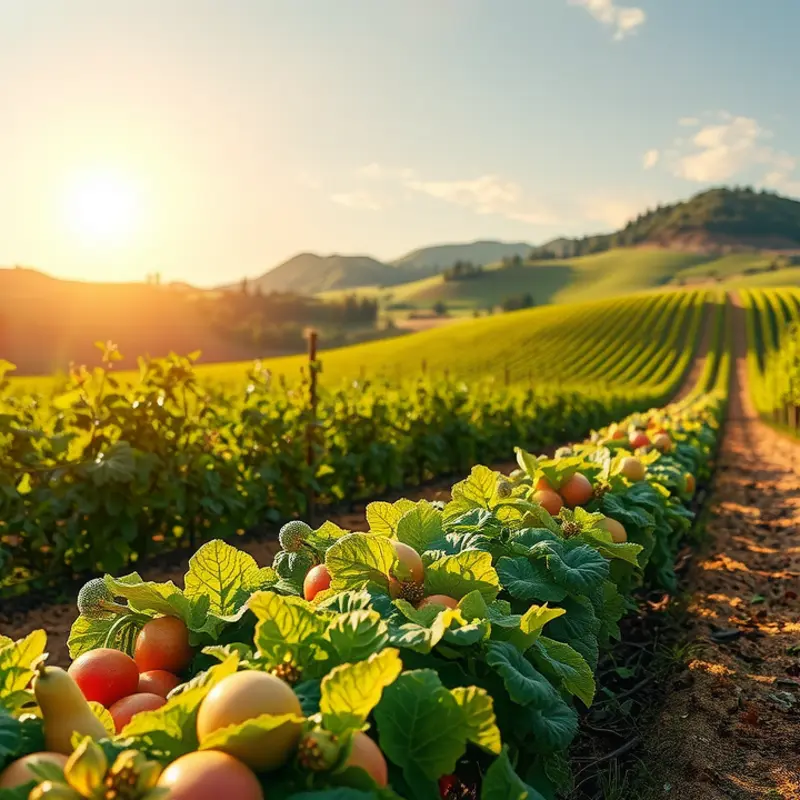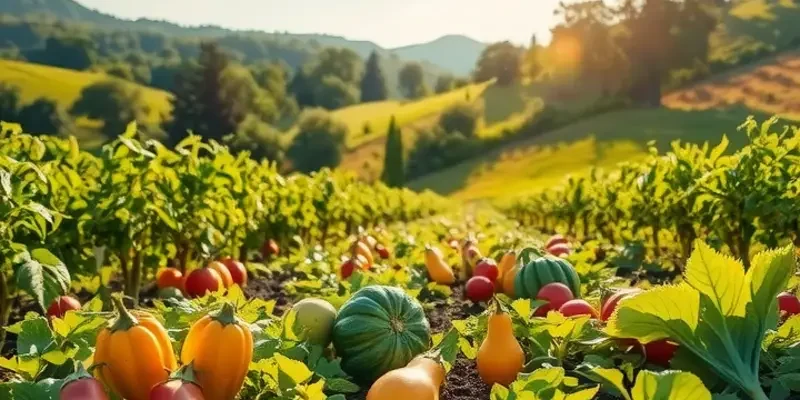Meal leftovers can create clutter in your fridge and lead to food waste, affecting both your wallet and the environment. By adopting practical solutions for meal management, you can enjoy fresh meals, save money, and reduce waste. This guide provides straightforward tips that help you safely store food, repurpose leftovers, and improve food management in your kitchen, ensuring that nothing goes to waste and every meal is savored.
Smart Storage Techniques for Leftovers

Exploring effective storage solutions is essential for prolonging the life of your leftovers. Different types of food require specific containers to maintain freshness. Glass containers are ideal for items that need a firm seal to prevent air exposure. Their non-porous surface does not absorb food odors, and they are microwave-safe, preventing the transfer of aromas.
On the other hand, plastic containers offer lightweight convenience, which can be useful for stacking and organizing irregularly shaped leftover foods like pasta or salads. Ensure these containers are BPA-free and properly sealed to avoid leakage. For soups and broths, airtight silicone bags perform excellently, offering flexibility in storage and a tight seal to protect against freezer burn.
Proper sealing is crucial in preserving food. Consider employing vacuum sealing for longer storage periods of meats and vegetables. This method extracts air and significantly extends the lifespan by creating an anaerobic environment, reducing spoilage.
Labeling leftovers is another pivotal step. Use removable labels or masking tape with a simple note of the contents and the date of storage. This practice helps avoid the guesswork whenever you delve into the refrigerator, preventing waste by ensuring older foods are consumed first.
An organized fridge is a thriving one. Store leftovers at eye level so they are visible and thus more likely to be used promptly. Implement the first in, first out method by placing newly stored items behind older ones. This way, nothing gets lost in the back. Check out additional storage tips on eco-smart kitchen storage.
Beyond organizing, pay attention to temperature management. The back and bottom shelves of the fridge are typically the coldest—perfect for dairy and meats. Above the fridge, where warmth from the light and air might slightly warm items, is suitable for drinks or produce that’s less sensitive to spoilage.
Finally, keep small containers available for meal-specific portions. If large amounts of a dish are likely to go unused, divide them into single-serve sizes before storing. This tactic not only saves space but promotes efficient reheating; you won’t have to thaw more than what you’ll eat.
By employing these smart storage techniques, you can extend the life of your leftovers, make the most of your grocery expenses, and significantly reduce food waste at home.
Creative Ways to Repurpose Leftovers

Transforming leftovers into new meals not only reduces waste but also opens up a world of culinary creativity. Understanding the potential of common leftovers can turn your kitchen into a haven of inventive dishes that are both sustainable and delicious.
Imagine last night’s roasted chicken becoming today’s vibrant chicken tacos. Start by shredding the leftover meat and warming it with spices like cumin and smoked paprika. Serve it in corn tortillas with fresh salsa, avocado, and a sprinkle of cilantro. The key is in pairing the leftover with fresh ingredients that bring new life and flavors to an otherwise typical meal.
Rice is another versatile leftover waiting for reinvention. That cup of uneaten cooked rice in your fridge can quickly transform into a fragrant fried rice. Toss it in a hot pan with a scrambled egg, mixed vegetables, soy sauce, and sesame oil. For an unexpected twist, add in diced pineapple or roasted nuts to create a dish that feels entirely new.
Even small portions of cooked vegetables deserve another chance to shine. Combine assorted leftover veggies into a savory soup or stew. Simply simmer them with broth, herbs, and some beans or lentils for a nutritious meal. Blend partially to achieve a creamy consistency without additional dairy. For a quick snack, consider turning these vegetables into a filling for savory pastries, embracing global flavors and textures.
Repurposing leftovers isn’t just about cooking, it involves strategic kitchen management, too. Efficient inventory management ensures that you maximize every ingredient while minimizing waste. Create a habit of labeling and dating containers, so you know what needs to be used first. This practice, combined with a creative mindset, can transform your approach to cooking and storage. Practical ingredient batching might offer additional insights into how best to manage your fridge contents efficiently.
Moreover, give leftover bread a second life by transforming it into croutons. Simply cube, toss with olive oil, herbs, and bake until crispy. Use these to top soups or salads for a crunchy contrast. If dessert is more your speed, consider a bread pudding where stale bread becomes the hero in a custardy delight.
Embracing these methods helps cultivate a sustainable attitude toward cooking, turning potential waste into culinary opportunities. As you become more attuned to new possibilities, your reliance on rigid recipes decreases, allowing creativity to flourish naturally in your kitchen. Encouraging this shift not only reduces waste but also enhances your culinary skills and the diversity of your meal planning.
Final words
By implementing these practical solutions, you can significantly reduce meal leftovers and make the most out of your food. Understanding proper storage techniques and finding innovative ways to repurpose leftovers can not only keep your kitchen organized but also help you save money and contribute to a sustainable lifestyle. Start today by taking small steps towards better food management and watch how your habits transform the way you experience your meals. Remember, reducing waste isn’t just about cleaning the fridge—it’s about creating a healthier planet while enjoying your culinary creations to the fullest.







